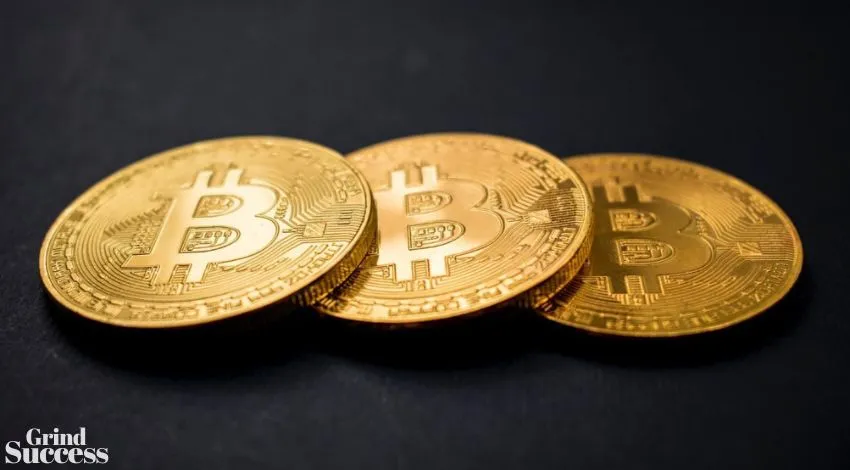The Evolution of Bitcoin: From Digital Cash to Store of Value

In the world of cryptocurrencies, there is one name that stands head and shoulders above the rest – Bitcoin. Born out of the 2008 financial crisis and the desire for a decentralized, transparent, and uncontrollable digital currency, Bitcoin has evolved significantly since its inception.
This journey from being an alternative mode of digital payment to being heralded as ‘digital gold’ has been nothing short of phenomenal. Let’s dive deeper into this transformation.
The Genesis: A Peer-to-Peer Electronic Cash System
In 2008, a pseudonymous entity named Satoshi Nakamoto released the Bitcoin whitepaper titled «Bitcoin: A Peer-to-Peer Electronic Cash System».
The primary intention behind Bitcoin was to facilitate direct online payments between parties without relying on a financial institution as an intermediary. The decentralized nature of Bitcoin was its core appeal, ensuring that no single entity could control or manipulate it.
Early Days: Digital Experiments and Pizza
In the initial years, Bitcoin was largely a novelty; cryptography enthusiasts experimented with the technology, understanding its capabilities and limitations.
One of the most iconic transactions in the Bitcoin universe took place in 2010 when a programmer named Laszlo Hanyecz paid 10,000 Bitcoins for two pizzas, an amount that would be worth millions today. This transaction showcased Bitcoin’s potential for real-world use, albeit in a light-hearted manner.
Rising Popularity: Mainstream Attention and Challenges
Following the ‘pizza incident’, Bitcoin started gaining traction among a broader audience – the digital currency began to see real-world applications, with online platforms starting to accept Bitcoin payments.
As with any innovative technology, this surge in popularity also brought challenges – the Mt. Gox scandal of 2014, where the prominent Bitcoin exchange faced bankruptcy due to security breaches, cast a shadow over the cryptocurrency’s future. But, as history showed, Bitcoin was resilient and emerged stronger.
Bitcoin as ‘Digital Gold’: The Store of Value Narrative
Over the years, as the total supply of Bitcoin neared its capped limit of 21 million and institutional interest grew, Bitcoin’s perception began to shift; many started viewing Bitcoin not just as a medium of exchange but as a store of value.
Comparisons with gold became common, leading to the moniker ‘digital gold’; several reasons contributed to this narrative:
#. Scarcity
Just like gold, Bitcoin has a limited supply, reinforcing its value.
#. Decentralization
The decentralized nature ensures that Bitcoin remains free from governmental controls and policies.
#. Divisibility
Bitcoin can be divided into smaller units, called Satoshis, making it more versatile than gold.
#. Transferability
Unlike physical gold, Bitcoin can be transferred across the globe within minutes.
Volatility vs. Value Preservation
Despite the growing acceptance of Bitcoin as a store of value, its price volatility is often a point of contention – price swings can be significant, leading critics to question its role as a value preserver.
However, proponents argue that over longer time horizons, Bitcoin has consistently shown positive returns, highlighting its potential to hedge against inflation and traditional market uncertainties.
Institutional Embrace: Validating the Store of Value Proposition
The real validation for Bitcoin’s ‘store of value’ proposition came when institutional investors and big corporations started including Bitcoin in their portfolios.
Companies like Tesla and MicroStrategy, and prominent investment funds, signaled a growing trust in Bitcoin’s potential to serve as a long-term value reservoir. This institutional endorsement further solidified Bitcoin’s standing in the financial world.
Looking Forward: What Lies Ahead for Bitcoin?
Bitcoin’s journey from a cryptographic experiment to a globally recognized store of value has been filled with ups and downs.
As we move forward, the evolution is likely to continue; in fact, there are several potential developments that could shape Bitcoin’s future:
#. Regulatory Clarity
Clear regulations can provide a conducive environment for Bitcoin’s growth, ensuring safety for investors and clarity for businesses.
#. Technological Advancements
Upgrades like the Taproot activation promise to enhance Bitcoin’s efficiency, privacy, and flexibility.
#. Economic Shifts
As global economies navigate challenges like inflation, economic slowdowns, or geopolitical tensions, Bitcoin’s role as a hedge could be accentuated.
In Conclusion
Bitcoin’s evolution is a testament to its adaptability, resilience, and the robustness of the underlying blockchain technology.
From being an intriguing digital experiment to a respected store of value, Bitcoin’s journey is a beacon for the entire cryptocurrency universe. As the digital landscape continues to evolve, Bitcoin is poised to play a pivotal role, and its story is far from over.





